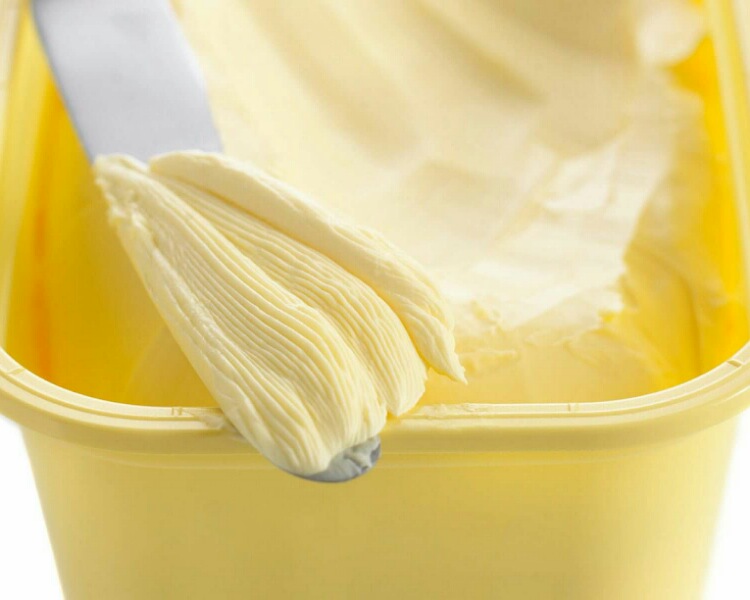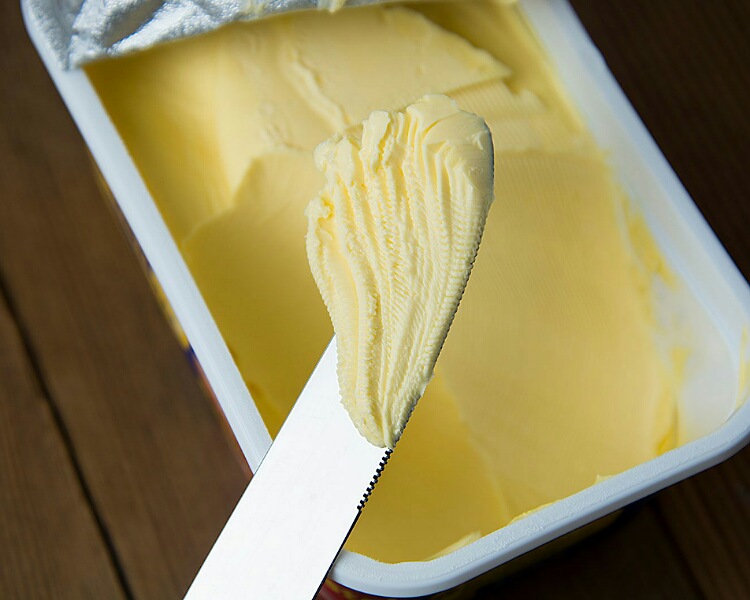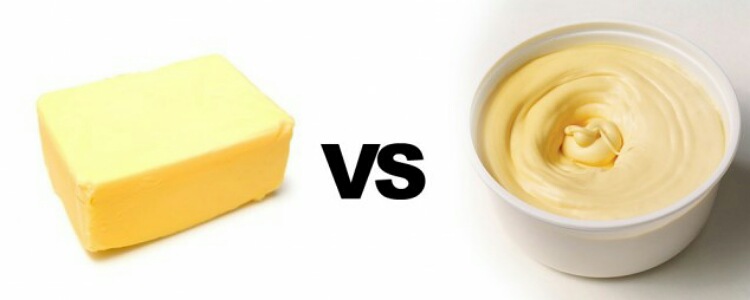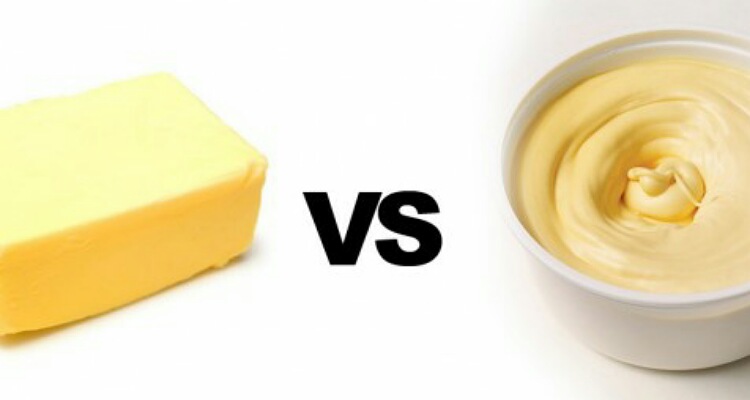Margarine is a butter substitute. Though it was claimed to be better than butter and a cheaper substitute for it, it now is said to be unhealthy due to its trans-fat content.
What is the origin and history of margarine? What is made from? And what is its nutritive value, uses, and perils?
What is Margarine? Its history?
Margarine is also called as oleomargarine or just marge. It is a butter alternative and a French chemist called Hippolyte Mège-Mouriès invented it in 1869.
Emperor Napoleon III of France wanted to have an alternative for butter so that his defense people and the poor of the nation can use it. He announced a reward for whoever makes it.
In response to this challenge, Hippolyte came out with the formula to manufacture margarine for the poor and masses. He patented it the same year.

Gradually he expanded his business outside France but sadly found no success. Therefore, he sold his company to the Dutch company, Jurgens.
The original margarine was made from beef fat. Later, both animal fats and vegetable fats were used in its making. And now most margarine is made from vegetable oils mainly cottonseed oil and such oils.
There were times when margarine as artificially colored with a yellow pigment to give the white product a yellow color. Not all people liked the yellow color.
Therefore, the manufacturers used to supply the yellow color separately with the margarine packet.
Nutritive value and uses of margarine
Pasteurized margarine made from soyabean oil 100 gms has 628 calories with 2% carbs, 70% fats, negligible protein and 26% water. Margarine is actually an emulsion of water in solid fats.
It has vitamin E, and sodium. The latter is due to the added salt in it. Vitamin A and D are found in fortified margarine. Most of the margarine types have around 80% of fats in it.
Saturated fats content depends on the oil that goes in the manufacture of this product. If canola or sunflower is used, the saturated fats are less. But if coconut oil is used, the saturated fats are more in amount in the product.

The main use of margarine is as a spread. It also goes in the making of cookies, and such baked products. Often people use it in cooking and for flavoring. There also also some low fat margarine varieties available in the market.
Margarine vs butter: which is healthy?
The preventive cardiology dietitian Julia Zumpano states:
“Sure, butter is creamy and spreadable, but it provides a significant source of saturated fat which in excess can lead to elevated blood cholesterol,”
“Margarine, made from plant-based fats and oils, is supposedly heart-healthier. However, not all margarine is created equal. Most margarines contain unhealthy plant oils in order to keep them solid.”

But margarine from partially hydrogenated or hydrogenated oils has high amounts of trans fats. These fats are bad for the blood cholesterol and heart. Therefore, one should not consume these types of margarines.
There is a vegan olive oil spread that is made from canola, palm-fruit and olive oils. It has a lot of MUFAs and can reduce the bad cholesterol of the blood. This is good for the heart.
Also, read What are healthy alternatives for butter?
Between butter and margarine, both are not good for the heart and blood vessels. Olive oils and such vegetable oils are healthy. Julia states:
“Replacing all saturated fat in your diet with MUFAs and PUFAs can lower bad cholesterol,”
“If you can’t give up butter and don’t have heart disease, make sure you aren’t getting more than 10 to 15 grams of saturated fat per day.”
